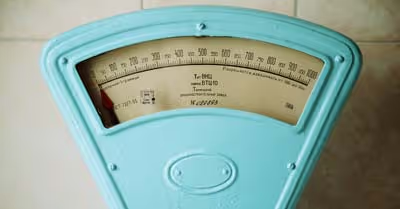Table of Contents
TV Materials
Let’s start by noting that modern TV sets are very different from the old models, thanks to the changes in the materials used and manufacturing processes. In the past, TVs were generally made of cathode rays tubes but this is no longer the case. Modern TV sets are made using liquid crystals and plasma displays and are much thinner around the screens.
Modern TVs are typically manufactured in a sterile laboratory setting given that they require a combination of various gases such as neon, argon, and xenon, which are used in combination with phosphor gas to make the display cells. Cerium is also an important material as it is used to improve the color display of the TV while TV cases are generally made of materials such as plastic, tin, zinc, copper, silicon, chromium, and even gold!
LCD Screen Manufacturing
LCD TVs are manufactured using two thin glass or plastic sheets that are diverged and attached. The front sheet is coated with a polymer that has individual crystals, as well as color filters. The three filters: red, blue, and green are used for each pixel. The electrodes, capacitors, and shutters are then added to the back sheet.
Plasma Screen Manufacturing
When it comes to plasma screen manufacturing, the process starts with a large sheet of glass that’s cut into two pieces. The phosphor gas and electrodes are sandwiched between these glass sheets before very small chambers that contain red, green, and blue colors are added to the back of the glass sheet and coated with a phosphorescent substance to help in creating different color pixels.
Weight and TV Mounting
The weight of your TV should play a central role in determining how and where you’ll mount it. Whether you mount it on a TV stand or the wall, the wall-mount units or TV stand mount should be strong and durable enough to support the weight of the TV. They should have proper bolts and anchors, as well as the right hardware that can perfectly support the weight of the TV.
Although lightweight TV sets that weigh less than 40 pounds can be easily mounted on drywall, you should have double stud mounts for TV sets weighing more than 80 pounds. In essence, it’s all about safety and you do not want to risk damaging your TV or injuring your loved ones just because you used a TV mount that cannot perfectly support the weight of the TV.
Weight and Transportation
One of the main reasons why lightweight TVs are becoming more popular is because they’re a lot easier to transport, pack, and unpack. While you can carry a lightweight TV all by yourself, it’s always advisable to get somebody to assist you if the TV weighs more than 50 pounds. You do not want to apply force and pressure on the frame and bezel of your TV as this can damage it. To this end, it’s always important to have a slight idea about the weight of your TV and how it can be of great help in determining the appropriate mount or in choosing the right way of transporting it. Whatever method you choose to mount or transport your TV, make sure that it won’t risk damaging it or causing injuries to your loved ones.
Recent Articles
















